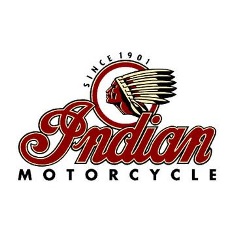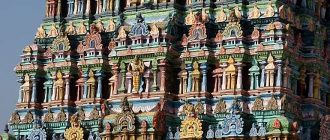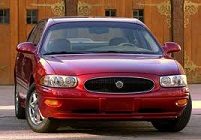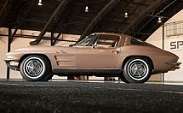In the early decades of the twentieth century, the Indian Motorcycle Company drew raves for its high performance, high quality bikes. After making thousands of motorcycles for use by the Allies in World War II, Indian had a few more good years, but t
Some people called it a “curse” on the Indian Motorcycle Company. It went out of business twice: once in 1953 and again in 2003. While 50 years of hindsight has led to some conclusions about why it went under in 1953, the 2003 bankruptcy is more puzzling. But ultimately, there is a happy ending: in 2004, rights to the name were bought and a brand new factory was built to make Indian motorcycles. Those loyal to the vintage bikes and those just discovering this American icon have had a very positive reaction to this latest chapter in the Indian motorcycle saga. Perhaps the “curse” is finally gone.
In 1950, a British company called Brockhouse, Ltd. bought Indian, but unable to compete with Harley-Davidson with improvements to its V-twin bikes, Indian was split into two companies: Titeflex Corporation, the manufacturing arm; and the Indian Sales Corporation, which through a series of events that are still ambiguous, ended up in the hands of Floyd Clymer in the mid 1960s. That split is crucial, because it led to trademark disputes that lasted until the year 1999, long after Clymer’s death in 1970.
In 1998, a Colorado federal court awarded the trademark to IMCOA Licensing America, Inc., thus allowing a merger of American Indian Motorcycle Co., Indian Motorcycle Co., Inc., California Motorcycle Co., and six other companies. The new entity was headquartered in Gilroy, California.
The court ruling also obligated the new company to begin producing large numbers of bikes in a very short time span. The first “Gilroy Indians” were basically clones of Harleys with the iconic Indian fenders and logos. The company tried to move as quickly as possible to making a bike with original parts, and by 2003, it was almost there. The 2004 bikes were almost entirely built of components designed by Indian. They had already sold over 13,000 bikes, and they weren’t cheap. Success looked promising.
But one financial backer bowed out, leaving Indian with an eight digit monetary hole to fill, and the company could not do so. Fifty years after Indian was first shuttered, it was shuttered again.
In 2004, Steve Heese and Stephen Julius acquired the trademark rights and intellectual properties of the Indian Motorcycle Company. In 2008 the first 2009 Indian Chief motorcycles began rolling off the assembly line in a new factory in North Carolina. The response has been very enthusiastic, and Indian has already opened over a dozen licensed dealerships with at least 50 planned by the end of 2011. It appears that the “curse” is finally broken and the Indian magic that engendered such reverence and admiration in the 1920′s, 30s, and 40s is back to stay.





